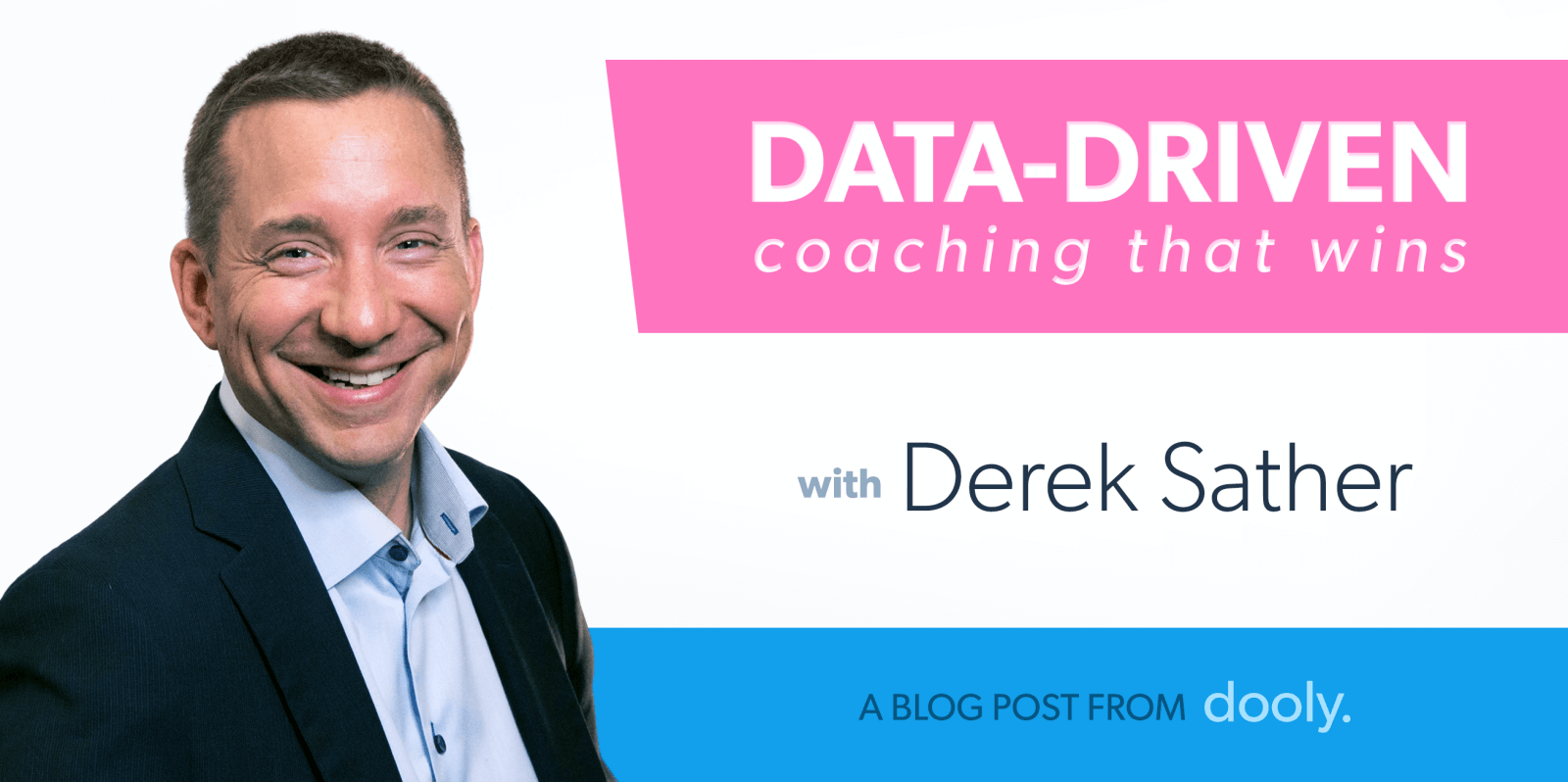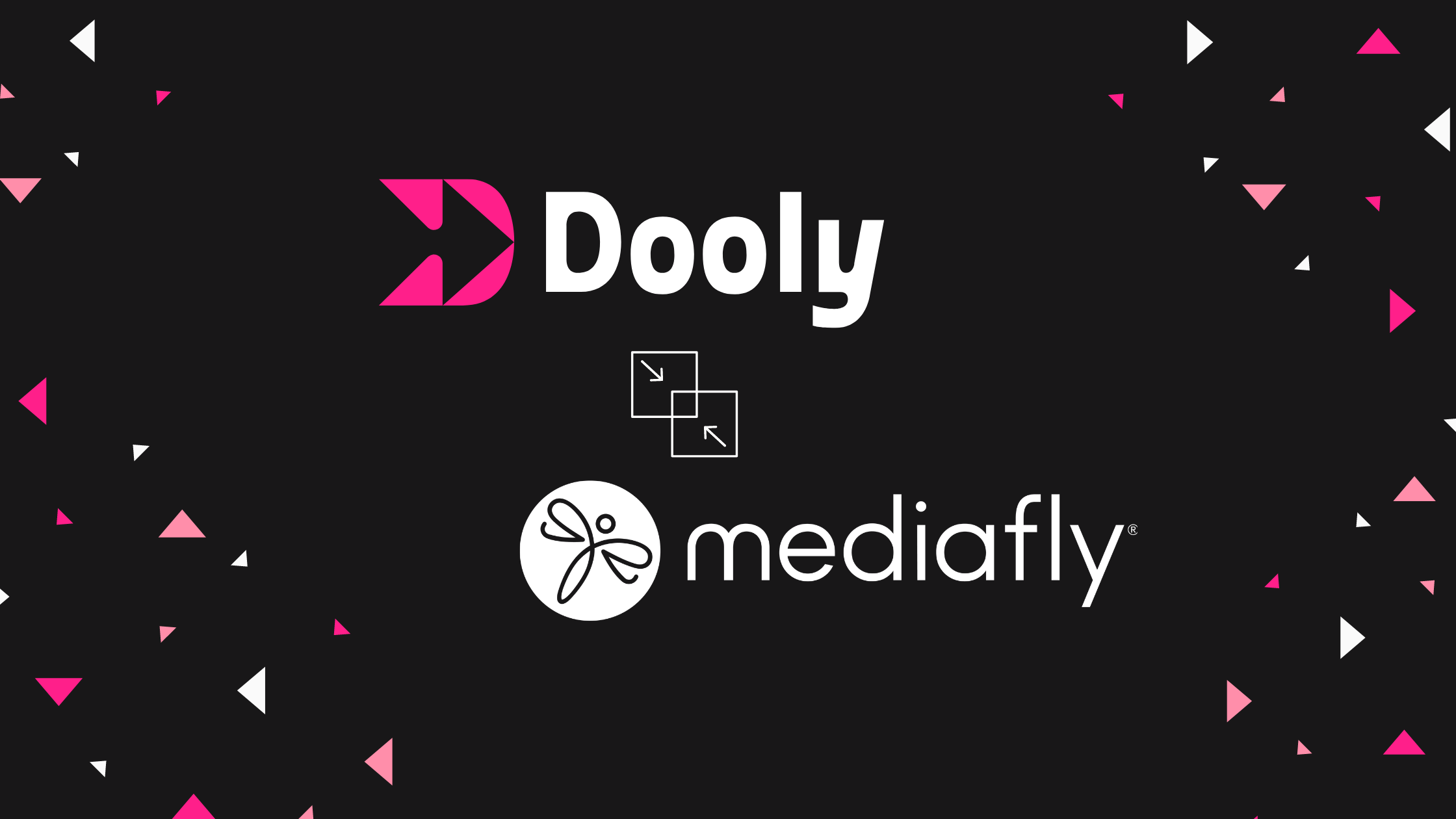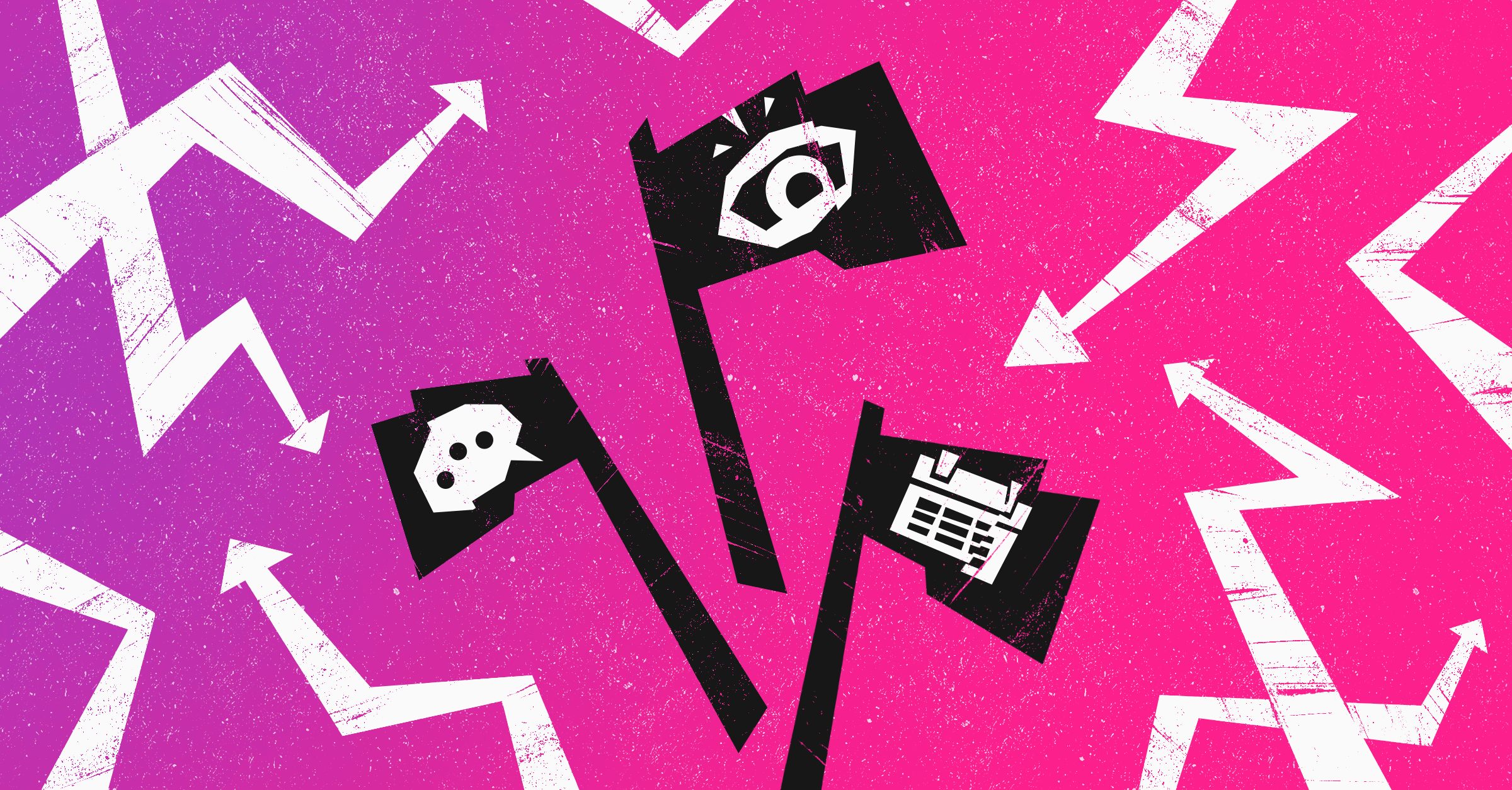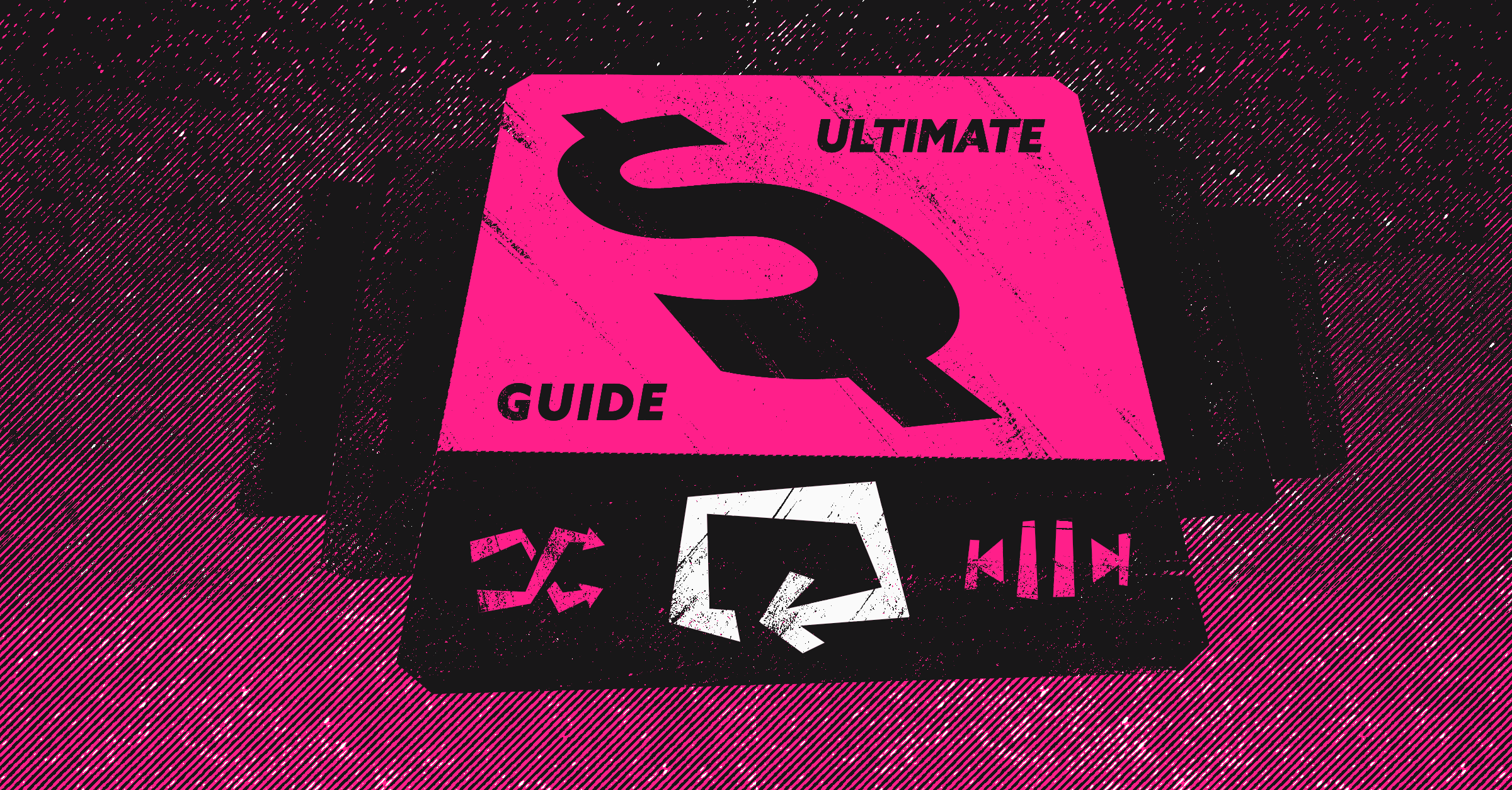
Passionate about bringing science to the art of sales, Derek Sather is the former CEO of Science to Sales (acquired by Winning by Design) and a former CRO leading sales, marketing, and customer success efforts at Mobify and Agreement Express.
As a Partner at Winning By Design, Derek helps clients design, build, and scale their sales process by gathering insights from working with cutting edge companies in Silicon Valley and bringing those learnings back to his team.
Derek sat down with us over coffee to share his thoughts on the importance of sales coaching, diagnosing bottlenecks, and of course, to dissect his biggest learnings of 2018.
Neha: What led you to the world of sales?
I love solving difficult problems and sales was a natural fit for my personality and interests. I made the decision at an inflection point early in my career when I was choosing between sales and a technical role. I chose a career in sales although I still rely on my technical background to explain complicated concepts in layman terms, making it simple for anyone to understand. I also really enjoy working with people on their business and making an impact as a result of our efforts!
Neha: Given that the first quarter of each year is focused on sales kick-offs, finalizing sales playbooks, training new team members—you name it—what importance does sales training play in all of this?
Winning by Design looks at sales training differently than others.
We view the sales training event as 10% of a learner’s journey and another 20% dedicated to learning from peer-to-peer conversations. We advocate working with your peer group and learning from roleplay; “Hey, how does this call sound? Can you give me some coaching and feedback?” But really, the biggest transformation happens from the art of doing—that’s the remaining 70%.
Building a coaching culture of learning, transparency and accountability into the DNA of an organization starts with dissecting how you learn and how information gets used.
If you depend solely on a Sales Kick-Off, it’ll never drive the change management results and transformation you expect. If you look into the science of learning and how people retain information—the data shows this. Building daily reinforcement by reviewing calls, roleplaying, and continuously reinforcing learnings helps drive new sales methodologies.
Neha: How do you figure out how people learn?
From our experience of building out sales training programs for brands such as Adobe, it comes down to looking back at classroom best practices—and figuring out what works and what doesn’t. We found being able to provide an online learning journey that students take in advance, supplemented by live in-class interaction, as well as roleplay, works best.
What differentiates us from the rest is our approach to implementing a coaching framework. We provide step-by-step guides on how to conduct and coach each customer touchpoint. This includes both the quantitative and qualitative aspects of the interaction to allow for scoring and to provide direct feedback on how to improve. Instead of coaching an entire discovery call, you could instead coach just the opening of the call. Peer-to-peer coaching will enable the team to improve at a faster rate than just manager-led coaching, both as individuals and as coaches. With a team of three people you can create a peer-to-peer group with a sales rep, a coach, and a person coaching the coach on how to give feedback. Each person takes turns in each role and then rotates to a new group.
As a frontline sales manager, call recording reviews are your best tool to rapidly improve call quality. From a customer standpoint, you can deliver an experience that is truly magical. As a sales rep, it’s the best way to improve. Record your calls, personally listen to them, and ask yourself, “how did I do?”—then score that call using an agreed upon framework. How you open, what words you say, are you using verbal crutches like “ah, uh…?” To have good conversational fluency, it’s important to go back and score your calls. If out of 60 points, you scored yourself 40 points, work with your manager and ask, “how do I get those last 20 points? Could you review this call?” The practice of reviewing calls should be part of an organization’s culture because it’s easy to record and forget.
Neha: Winning by Design is a sales strategy consulting and coaching company trusted by over 250 B2B companies, including Adobe, Adroll, and Zenefits—in speaking with some of these big players, what’s a common area of improvement?
Simple; it comes down to shifting an organization’s mindset from pitching to storytelling. To be a top-performing sales team, you need real-time content at your fingertips to enable your teams on how to weave those stories into your sales process.
I know Vidyard is a customer of Dooly and that your team has a case study on your website—that’s fantastic. In speaking with some of these big players, we bring it back to how they sell their story and how they map it back to the hero’s journey. It’s important to make whoever brought Dooly to Vidyard the hero of the story and to be able to tell it from their perspective. Organization’s need to get into the mindset of storytelling around their content and pulling it into the sales cycle.
Neha: How do you go about identifying bottlenecks in your organization?
We approach sales as a science by implementing a standard data model for companies that we consult. We benchmark conversion rates from lead to raving advocate. So typically, there are seven different conversion events—we benchmark those against similar ACVs and industries, so that we can understand from an MQL to an opportunity, what those conversion rates should be. If it’s too high or too low, industry metrics will tell you whether you’re within the norm.
You can drive an initial hypothesis to say “hey, it looks like the SDRs aren’t qualifying deals because win-rate is really low.” You can look at that and go, “well, the AEs aren’t trained or doing their job well if the win-rate is low or maybe the product-market fit isn’t there… or maybe it’s just a hypercompetitive market.” There’s no one right answer but the data does give you the ability to form an initial hypothesis and do a root cause analysis to understand what’s really going on. Data informs and then you go in and assess. Go into each individual process and call recording from each AE, by segment, and understand what’s going on. Is it a training issue, a product issue, the wrong target market? Maybe you’re selling to the wrong people and that’s why you’re not driving enough impact.
Neha: What’s one way teams can up their game for 2019?
Start with data and focus on one part of the funnel—look to improve that by as little as 10%. If you do that across all seven conversion events across a SaaS funnel—you actually double your revenue—because those conversion rates are compounding. That’s what’s really interesting. A lot of organizations typically think, “if I need to double my revenue, maybe I need to double my number of opportunities, or double the number of leads, or double the headcount of the sales reps I have in order to hit the targets.” If you’re increasing your numbers by as little as 10%, which doesn’t sound massive, you actually double your revenue. It comes down to driving a more efficient sales organization that scales and builds demand.
Neha: What are your smartest productivity hacks?
- I timebox my days and plan around that. I want to make sure that while I’m prospecting, I’m also closing deals. If you just focus on closing deals, you end up with no pipeline. So if you’re a full stack sales rep, you want to make sure your time is split 50/50.
- I utilize technology for call reviews. I use Chorus or Gong to spot keywords, allowing me to review calls quickly and to identify coaching moments. I then uncover pain points and jump to those exact moments. So instead of listening to a 30 minute call, I can just listen to 5 minutes.
- I try to go to bed and wake up at the same time every single day. It’s about creating a habit.
Neha: As a past CRO, you’ve worked in the intersection of sales, marketing, and customer success—where do you usually see these departments having the most difficulty in working together?
It’s the transitions and the handoffs. Making sure that customer data and knowledge is passed from one team to the next—it’s crucial that handoff points are clean, crisp, and well executed. I definitely see a lot of companies struggle with having seamless handovers. Whether it’s within Salesforce or passing data off manually—unless that process is well structured—more often than not, there’s leakage in customer data. The worst thing you can do is ask a customer a question you’ve asked once, twice, three times… that’s an absolutely terrible experience and something you don’t want reflected in your brand.
I’m a really big advocate of how you sell is just as important as what you sell.
The sales cycle can be a competitive differentiator. Being able to have those transitions to a high fidelity and to pay attention to them—now that’s a moment that matters! If you look towards some of those critical key moments you can deliver to your customers—that’s what becomes memorable to them.
This reminds me of the Magic Castle Hotel. Their Popsicle Hotline story really resonates with me. You can be by the pool, pick up the red phone, and tell them whichever popsicle you want. It’s those truly magical moments that really matter in a sales cycle. Sure, the hotel isn’t that great, but that service… and how much the kids loved getting popsicles delivered to them on a platter by a butler—that’s pretty cool. You may forget about the hotel being dingy or not that great from time to time—but those same learnings apply to sales. If you’re able to deliver that magical end-to-end buying experience but your product may not be as good as your competitors, the same applies!
Neha: What were your biggest learnings of 2018?
- My communication to customers was far too sales centric and not nearly customer centric enough. Joining Winning by Design and looking at everything from a much more customer centric perspective made me realize all the different ways I can improve—namely, learning how to ask better questions.
I would historically look at asking customers, “Oh, why did you do that?” But even the very nature of that question could be offsetting to some people and make them feel like “why on earth are you interrogating me as to why I did something?” As opposed to asking them the same question in a different way such as, “tell me how you solved that problem?”
Framing and asking better questions was a huge learning for me.
- Looking at the basics, for example, call recordings. If you look at the 10 steps of a discovery call, it comes down to practicing the basics so you have them down really well. If you do the basics really well, the odds are, you’re going to be able to outperform any of your competition. I believe that’s a key competitive insight that most people overlook.
If you look back at one of the most winning basketball coaches, John Wooden from UCLA, in his era, he won 10 out of 12 championships. The very first thing he did with his team, even if they literally just won the championships, would be to sit down with all the players and teach them how to put their socks on. It’s like, “dude, I’m one of the best basketball players around but you’re teaching me how to put my socks on?” Wooden’s thinking was, “we have to get the basics down.” If you put your socks on incorrectly, you’re going to get blisters, if you get blisters, you’re not going to be able to perform or work as hard as I need you to. So something as simple as putting your socks on right, makes a huge difference. With that in mind, it’s like okay, “how do I open a call?” “How do I structure a call so I get to my end-goal?”
It’s about doing the calls in a structured manner so you get winning results every time; it’s about practicing the fundamentals on a daily basis and then building in a coaching environment to continue helping you get better.
Learn the basics and then become an expert of the basics. Look to world-class judo as an example—they only have 2-3 throws—but they do those throws better than anybody else in the competition.
Neha: Your advice for sales folks out there?
Embrace the uncomfortable and constantly be educating yourselves. I personally find myself turning back to the classics—The Challenger Sale and [The Challenger Customer](https://www.amazon.com/Challenger-Customer-Selling-Influencer-Multiply/dp/1591848156/ref=sr11?keywords=the+challenger+customer&qid=1553194981&s=books&sr=1-1 The Challenger Customer by Brent Adamson and Matthew Dixon). The next evolution of Customer Success also really intrigues me. I follow Nick Mehta and Allison Pickens from Gainsight since they’re a lot more prescriptive in their approach, which I appreciate.
Neha: Any predictions for the industry this year?
There aren’t a lot of Customer Success people out there building out Customer Success playbooks at a really high fidelity, and that’s where I see the next market area for organizations to really improve.
Join the thousands of top-performing AEs who use Dooly every day to stay more organized, instantly update their pipeline, and spend more time selling instead of mindless admin work. Try Dooly free, no credit card required. Or, Request a demo to speak with a Dooly product expert right now.


